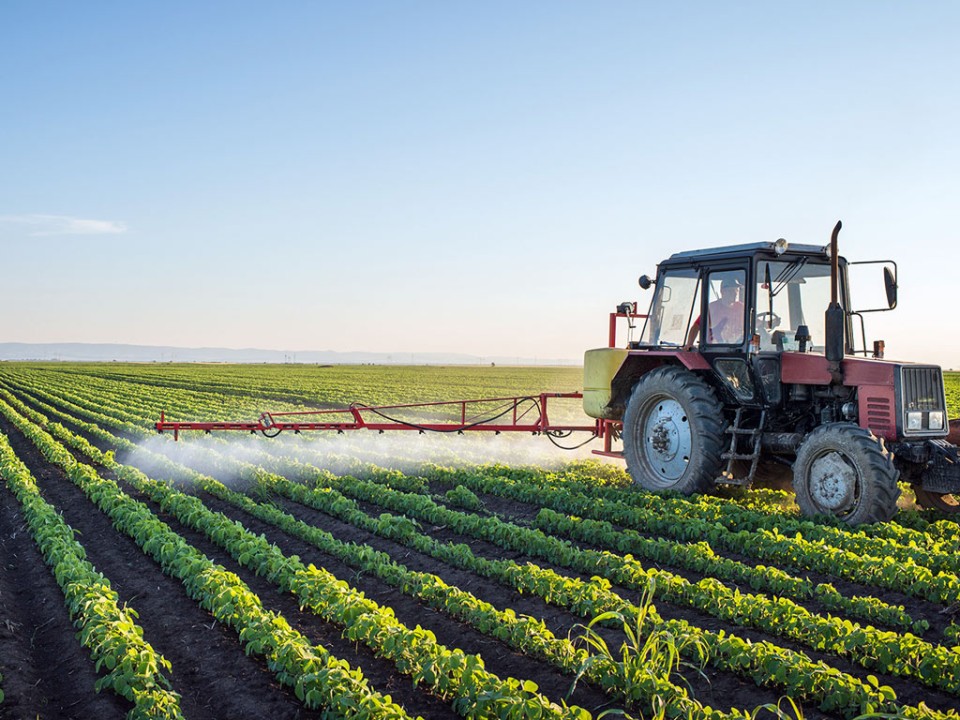M & D Supply, Inc – Mauriceville: Ace Hardware’s Best Grills for Your Outdoor Cooking Needs
Embark on a culinary adventure with the top grills from M & D Supply, Inc – Mauriceville, your trusted Ace Hardware store in Orange, TX. Whether you’re a seasoned grill master or a weekend enthusiast, we offer a range of grills to elevate your outdoor cooking experience. Explore our selection and find the perfect grill to suit your needs at M & D Supply, Inc – Mauriceville.
Brent Dyson, owner of M & D Supply, Inc – Mauriceville, emphasizes the importance of choosing the right grill: “Our selection is designed to cater to all grilling preferences, ensuring our customers find the best fit for their outdoor cooking style. From gas to charcoal, we have a grill for every taste and occasion.”
Weber Genesis SA-E-330 3 Burner Liquid Propane Grill Indigo
The Ace Hardware Exclusive SA-E 330 Genesis gas grill offers renowned Weber quality, performance, and durability for an enjoyable outdoor cooking experience. Featuring the innovative PureBlu burner system, the grill boasts unique tapered burner tubes for consistent pressure and even heat across the cooking surface. The 9mm stainless steel grates enhance heat retention and searing, while the Flavorizer bars vaporize drippings for flavorful smoke and even heat distribution. The grill includes three stainless steel PureBlu burners for consistent cooking, a Grill Locker for organized storage, and a Flush Electronic Push Button Ignition System for easy starts.
“This Weber grill is perfect for those who love to entertain outdoors. Its features ensure every meal is cooked to perfection,” says Frank Gutierrez, manager of M & D Supply, Inc – Mauriceville.
Big Green Egg 24 in. XLarge Charcoal Kamado Grill and Smoker Green
The XLarge model offers a spacious cooking area ideal for large gatherings, capable of handling multiple meals simultaneously. It can accommodate twelve racks of ribs, twenty-four burgers, or two holiday turkeys. This outdoor cooker is celebrated for its high quality, versatility, and ease of use, supporting grilling, roasting, smoking, searing, and baking. It quickly reaches cooking temperature and allows precise heat control with patented airflow systems and a temperature gauge ranging from 150 to 750°F.
“For those who appreciate the art of charcoal grilling, the Big Green Egg offers unparalleled versatility and flavor,” Brent Dyson highlights.
Blackstone 4 Burner Liquid Propane Outdoor Griddle Black
The outdoor griddle offers a versatile cooking experience with its solid rolled steel construction and modern design, catering to various gatherings. It features 60,000 BTUs for adjustable cooking options and a rear grease management system for cleanliness. Suitable for large gatherings, it can accommodate up to 28 burgers.
“The Blackstone griddle is a must-have for those who enjoy cooking a variety of meals outdoors. Its large surface and powerful burners make it a standout choice,” Frank Gutierrez notes.
Weber Slate Rust-Resistant 1500215 3 Burner Liquid Propane Outdoor Griddle Black 30 IN ACE EXCLUSIVE
This 30-inch rust-resistant outdoor griddle features a pre-seasoned carbon-steel cooktop ready for immediate use, reaching over 500 degrees with consistent edge-to-edge heating. It has 36,000 BTU burners for rapid heating and an even cooking surface. The griddle includes a digital temperature display, a Weber Works caddy for organizing cooking essentials, closed cabinet storage, and an extendable side table for additional workspace.
“The Weber Slate griddle is perfect for those who want a durable and efficient cooking surface that can handle any meal you throw at it,” Brent Dyson assures.
Traeger Woodridge Wood Pellet Grill Black
The grill offers a wood-fired flavor experience suitable for grilling, smoking, or baking, with user-friendly controls designed for ease and consistency. Customization is facilitated through P.A.L. Pop-And-Lock options, while WiFIRE connectivity allows remote grill monitoring. Cleanup is streamlined with the EZ-Clean Grease & Ash Keg.
“For those who want to explore wood-fired flavors, the Traeger Woodridge is an excellent choice. Its advanced features make grilling a breeze,” Frank Gutierrez states.
For all things Ace Hardware, please visit acehardware.com.











 By championing sustainability, the manual not only guides users towards optimal service solutions but also contributes to a greener, more responsible industry. The Innovation Handbook transcends geographical boundaries, serving as a global reference for best practices in service manual creation and utilization. Its culturally sensitive approach ensures that the content resonates with a diverse audience, fostering inclusivity and global collaboration. Whether you are a startup entrepreneur, a seasoned professional, or an academic researcher, the handbook offers actionable insights, case studies, and practical advice to elevate your understanding and implementation of service manuals. In essence, the Innovation Handbook redefines the conventional service manual, transforming it into a dynamic, intelligent, and collaborative tool that adapts to the needs of a rapidly changing world. It stands as a testament to the limitless potential of innovation in the realm of service manuals, guiding individuals and industries towards unprecedented heights of excellence.
By championing sustainability, the manual not only guides users towards optimal service solutions but also contributes to a greener, more responsible industry. The Innovation Handbook transcends geographical boundaries, serving as a global reference for best practices in service manual creation and utilization. Its culturally sensitive approach ensures that the content resonates with a diverse audience, fostering inclusivity and global collaboration. Whether you are a startup entrepreneur, a seasoned professional, or an academic researcher, the handbook offers actionable insights, case studies, and practical advice to elevate your understanding and implementation of service manuals. In essence, the Innovation Handbook redefines the conventional service manual, transforming it into a dynamic, intelligent, and collaborative tool that adapts to the needs of a rapidly changing world. It stands as a testament to the limitless potential of innovation in the realm of service manuals, guiding individuals and industries towards unprecedented heights of excellence.